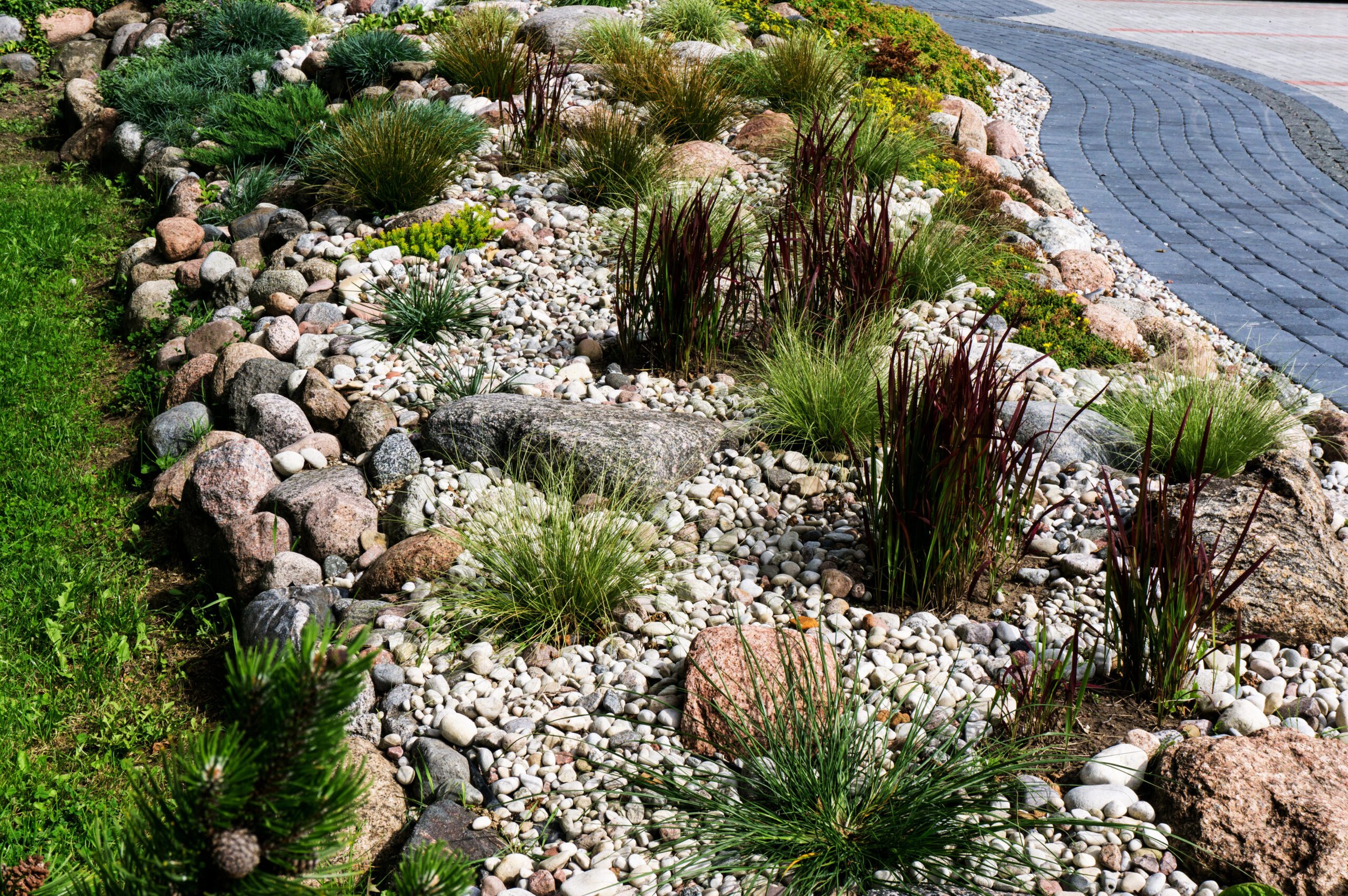
Low-Impact Development (LID)
design criteria
Low Impact Development is a design approach that integrates specialized landscape features into the urban environment. Runoff is directed into these features where it can soak into the ground. This approach mimics the storm water benefits of the natural environment. Specialized swales, planters, and rain gardens provide beauty while also slowing runoff and removing pollutants. Plants and microbes that live in healthy soil use pollutants as nutrients, removing them from runoff.
The Cities of Cotati, Cloverdale, Healdsburg, Rohnert Park, Sebastopol, Santa Rosa, and Ukiah; the County of Sonoma; and the Town of Windsor are responsible for applying Permit requirements in conformance with the LID Manual, at a minimum, to new development, retrofit projects, and applicable infrastructure improvement projects within their jurisdiction. Requirements are intended to reduce storm water pollution, protect water quality of our local waterways and promote groundwater recharge. Design guidelines for permanent storm water features have been provided in a series of manuals since July 13, 2005.
The Storm Water Low Impact Development Technical Design Manual (LID Manual) provides technical guidance for project designs that require the implementation of permanent storm water Best Management Practices (BMPs). This Manual is intended to satisfy the specific requirements of the most current National Pollutant Discharge Elimination System (NPDES) Permit and Waste Discharge Requirements for Discharges from the Municipal Separate Storm Sewer Systems. Additional design requirements imposed by Governing Agencies, such as local grading ordinances, CAL Green, CEQA, 401 permitting, and hydraulic design for flood control still apply as appropriate. Governing Agencies may, at their discretion, determine that designing in accordance with this Manual satisfies other requirements. Additionally, coverage under another regulation may trigger the requirement to design in accordance with this Manual. Please check with the local Governing Agency for specific requirements.
NOTE: Development projects that received discretionary approval prior to manual version adoption dates are exempt from following current manuals and guidelines. The table below is provided to guide the use of the correct Manuals, determination worksheet, storm water calculator and other tools that are applied to your development project.
Manuals & Related Documents
What date did the project receive discretionary approval?
5/3/2017 - Present
LID Manual
Determination Worksheet
Storm Water Calculator
Tools
Reference Documents
BMP Factsheets
7/1/2010 - 5/2/2017
LID Manual
Storm Water Calculator
Tools
Reference Documents
7/13/2005 - 6/30/2010
Manual
2022 LID Manual Training Video
https://www.youtube.com/watch?v=AHAZBPANPv4
